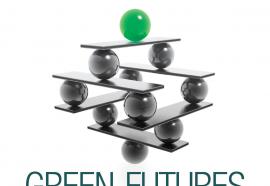Greening the Local Grid
Smart solutions for distributed renewables.
The goal of implementing a distribution management system (DMS) is to upgrade isolated, hands-on grid management processes into an interconnected and automated platform. This technology is transforming the way utilities operate distribution networks, and setting the industry on a path toward seamless integration of distributed resources—both supply and demand.











